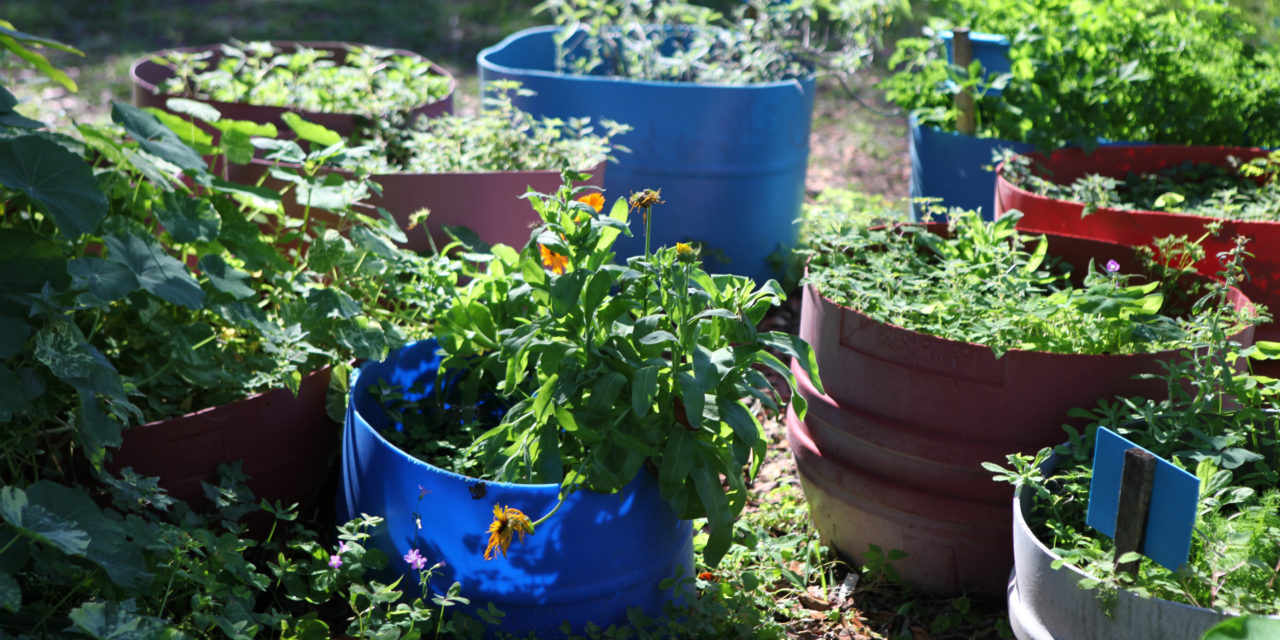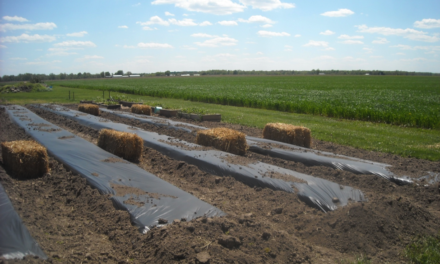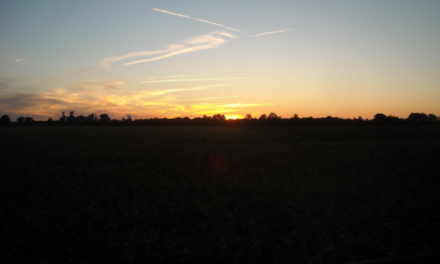Do you like to grow plants in containers? I love spring and summer when the various containers full of colorful flowers and vegetables grace my garden. Some advice for the beginning gardeners is please do not limit your selection of containers. Any container that will hold sufficient soil and can be drained will probably work. Old boots, crocks with cracks, feed sacks and iron buckets, coffee pots and chicken feeders are just a few of the different “outside of the box” containers I use. I went to an auction and a friend gave me two water-bath canners that she did not want. Yes! I took an awl and popped holes in the bottom of the worn-out canners to turn them into flower pots. Recycle, reuse, renew!
What about using metal like those canners? Wouldn’t they get too hot and cook the plants inside? That’s why placement of the containers does need to be taken into consideration. My metal containers house mainly flowers that need full or part shade to help the metal containers stay cooler. I also counteract the heat by grouping the plants together so the foliage will shade the pots. Making sure the containers are place by a water source is also an essential to container gardening success.
As I age, I find the larger pots I have are just the right height for pleasurable gardening, so at the new homestead, I am going to an all raised bed and container system of raising vegetables. While larger gardening pots are an investment, with proper care they can last for many years. Buchheit features both a whole and half whiskey barrel that will last for many years.
Concrete and terra cotta are classic materials for containers but as with many pots, the salts from last year’s gardening fertilizers stain the exterior so the first thing you need to do is clean and disinfect the pot. Wash all the pots you used last year in a mild bleach or vinegar solution. This will eliminate any lingering bacteria or virus enabling you to start with a clean healthy pot.
When picking the size of pot, it is important to know the specific needs of the flower or vegetable you are aiming to grow in that pot. If it has a deep tap root like Danvers carrots it will require a deeper pot than will a planting of leaf lettuce or pansies. Different vegetables also like specific soil types like well drained light sandy loam for carrots and a richer blend for eggplant or cabbage which are both heavy feeders.
Even our urban apartment dwellers can soften the hardscape of their patios or front stoop with an array of small containers filled with herbs and eatable flowers to add to a salad.
Nasturtiums are a great example of a flower that is a dual-purpose plant. After you enjoy them as flowers, they make a spicy addition to your fresh salad. The fragrant blossoms can be added to the salad or used as a delightful garnish. They make a great appetizer when stuffed with cream cheese. Try harvesting them when they are no bigger than a Susan B Anthony half dollar. To prepare flowers, simply harvest the entire flower and gently rinse in cool water to eliminate any insects and drain on paper towels. Nasturtiums can be added to summer soups and salads but they don’t stop there. The seeds can be pickled and used as a replacement for capers. Do not use seeds from seed packets. Harvest the seeds fresh after the blooms have faded. The blooms are made up of three chambers and each one contains a single seed. To pickle the seeds, bring them to a boil in plain vinegar blended with salt, peppercorns and bay leaves. Cool and store in a clean jar in the refrigerator. What a conversation starter your flower-filled salad may be to your guests. Can’t wait to hear your stories and recipes using nasturtiums and other vegetables you grow this season in your container gardens. Hope this was helpful! Be blessed! Anne May







Great article as always Anne!!